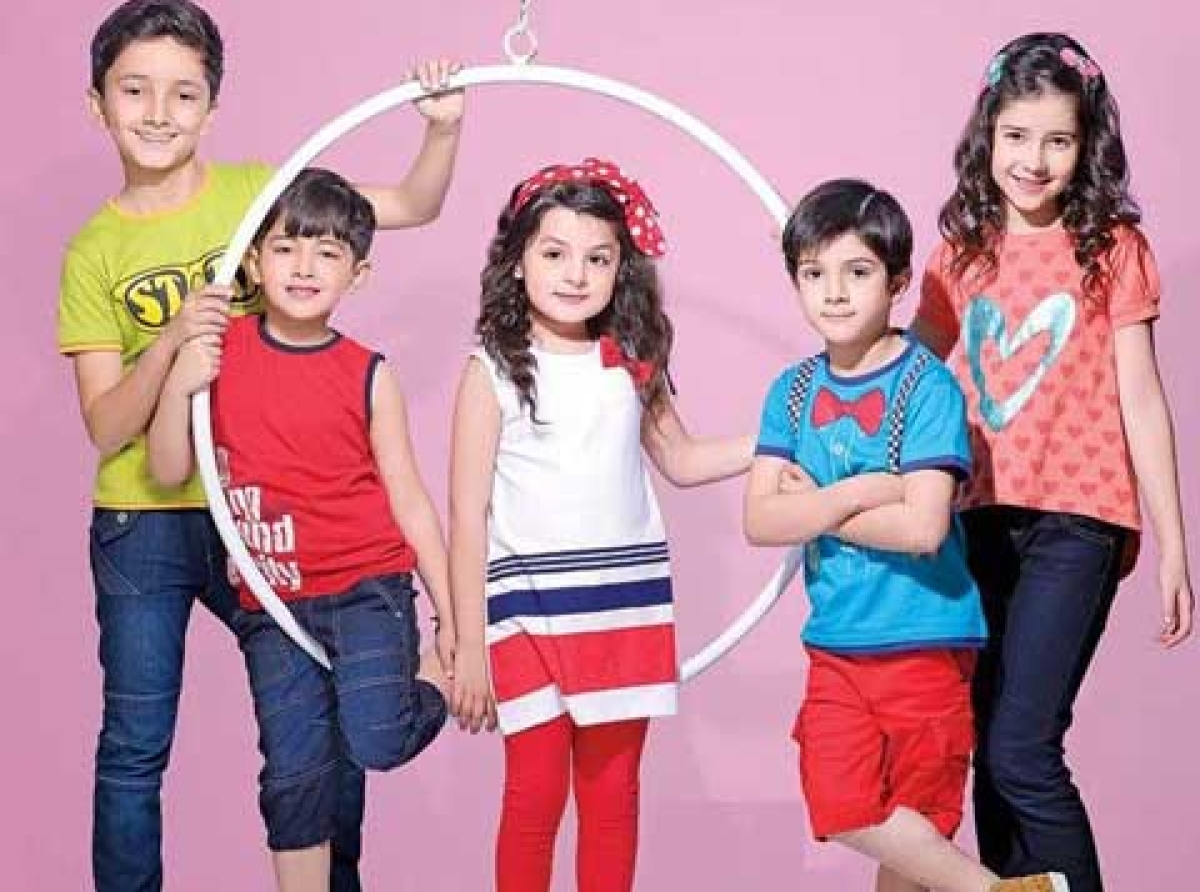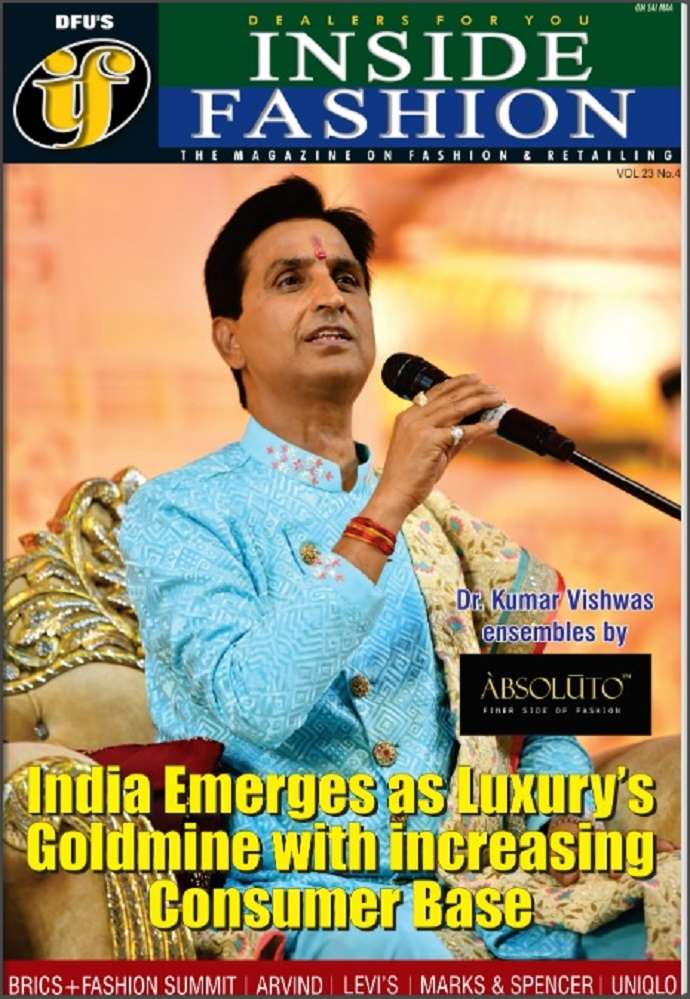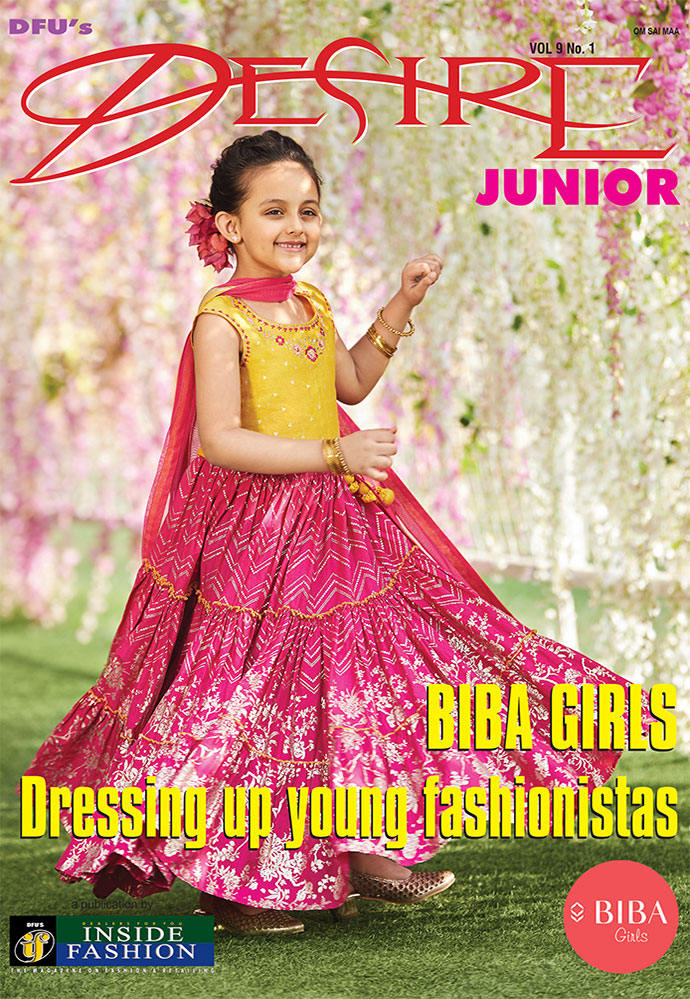Wrap-Up 2024 Indian Kid’s Wear Sector: A year of dynamic shifts and evolving trends

03 January 2025, Mumbai
Year 2024 proved to be a significant transformation for the Indian kid’s wear sector, marked by dynamic shifts in consumer behavior, spending patterns, and emerging trends.
This report delves into the key factors that shaped the industry, analyzes its performance against projections, identifies winners and losers, and offers an outlook for 2025.
Factors that impact the kids' wear market
Several factors played a crucial role in shaping the Indian kidswear market in 2024.
Rise of 'Mini-me' fashion: More and more children are influenced by adult fashion trends, leading to a surge in demand for 'mini-me' styles that mirror adult clothing. This trend was driven by social media, celebrity endorsements, and the desire for children to express their individuality through fashion.
Increased spending on premium brands: A growing middle class with higher disposable incomes led to higher spending on premium kids' wear brands. Parents are willing to invest in high-quality, branded clothing for their children, seeking comfort, durability, and style.
Demand for sustainable and ethical clothing: Concerns about environmental and social issues are growing, with parents increasingly seeking sustainable and ethically produced kids wear. Brands using organic cotton, recycled materials, and fair labor practices gained traction in 2024.
Growth of online channels: E-commerce continued its upward growth, offering convenience, wider choices, and competitive prices. Online platforms became a significant driver of growth, particularly for premium brands and those catering to niche segments.
Athleisure continued its strong momentum, with comfortable and stylish activewear gaining popularity among children. Demand for gender-neutral clothing options continued to grow, breaking away from traditional stereotypes and allowing children to express themselves freely. Also, customized and personalized clothing, including monogrammed items and those featuring children's artwork, gained traction in 2024.
Ankur Bisen, Senior Partner & Head, Consumer, Food & Retail, Technopak Advisors, explains, “The Indian kidswear market is evolving rapidly, with parents seeking a combination of style, comfort, and value. Brands that can cater to these evolving needs and offer a differentiated experience will be the winners in the years to come.”
Growth exceeds expectations
The Indian kidswear market witnessed robust growth in 2024, exceeding initial projections. The overall market size is estimated at $22 billion, driven by factors like population growth, rising disposable incomes, and evolving consumer preferences.
Among the winners were premium brands like H&M, Zara Kids, and UCB Kids, which witnessed significant growth, capitalizing on the demand for trendy and high-quality clothing. Traditional Indian wear for children also saw a resurgence due to festive occasions and a growing appreciation for cultural heritage.
And platforms like Myntra, Flipkart, and Amazon experienced substantial growth in kids’ wear sales, offering convenience and a wide variety of choices. For example, FirstCry, an online retailer specializing in baby and kids products, reported a 30 percent increase in revenue in 2024, driven by strong growth in its kids' wear segment.
However, local, unorganized players faced challenges in competing with organized brands offering better quality, designs, and pricing. And brands focusing solely on low prices struggled to differentiate themselves and attract consumers seeking value and style.
Table: Growth projections and actual growth
|
Sector |
Projected growth |
Actual growth |
Key drivers |
Challenges |
|
Formalwear |
8% |
10% |
Increased school enrollments, demand for special occasion wear |
Competition from online retailers, changing fashion trends |
|
Casualwear |
12% |
15% |
Rising demand for comfortable and stylish everyday wear, influence of 'mini-me' fashion |
Price sensitivity in the mass market segment |
|
Westernwear |
15% |
18% |
Growing popularity of Western styles, increasing exposure to global trends |
Competition from premium brands, evolving preferences for ethnic wear |
|
Knitwear |
10% |
12% |
Demand for comfortable and versatile clothing, increasing awareness of sustainable materials |
Fluctuating raw material prices, competition from local manufacturers |
|
Athleisure |
20% |
25% |
Growing popularity of sports and fitness activities, increasing adoption of athleisure as everyday wear |
High price points for certain brands, limited product differentiation |
|
Denimwear |
12% |
14% |
Continued popularity of denim as a versatile fabric, increasing demand for trendy denim styles |
Competition from international brands, evolving denim trends |
|
Ethnic Wear |
18% |
22% |
Growing appreciation for cultural heritage, increasing demand for festive wear |
Limited availability of contemporary styles, competition from local artisans |
This table highlights the varied performance across different sectors within the kidswear market. While some sectors like athleisure and ethnic wear exceeded growth expectations, others like formalwear and denimwear experienced more moderate growth.
This underscores the dynamic nature of the market and the need for brands to adapt to evolving consumer preferences and trends.
Outlook for 2025
The Indian kidswear market is expected to continue growing in 2025, with several factors driving this positive outlook. According to a report by IMARC Group, the Indian kidswear market is expected to reach $26.5 billion by 2032, at a CAGR of 2.28 per cent during 2024-2032.
A survey by Statista revealed that 65 percent of Indian parents prefer buying branded clothes for their children, with factors like quality, design, and brand reputation playing a key role.
Brands are expected to leverage technology to enhance the shopping experience, including augmented reality (AR) for virtual try-ons and personalized recommendations. The focus on comfort and functionality will remain prime, with features like adjustable waistbands, easy-to-wear designs, and durable fabrics gaining importance.
Brands are expected to expand their presence in Tier II and Tier III cities, tapping into the growing aspirations and purchasing power of consumers in these regions.
























